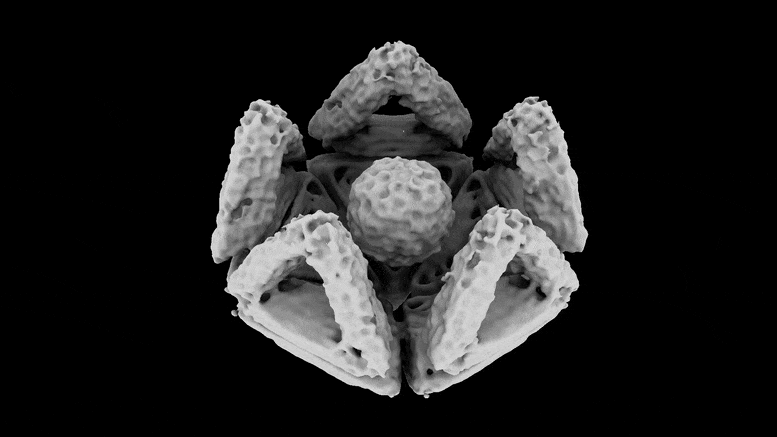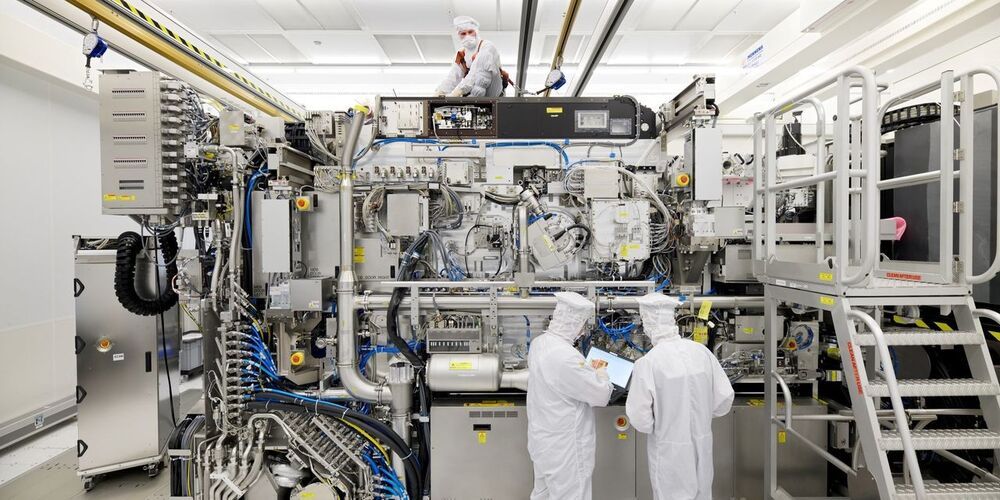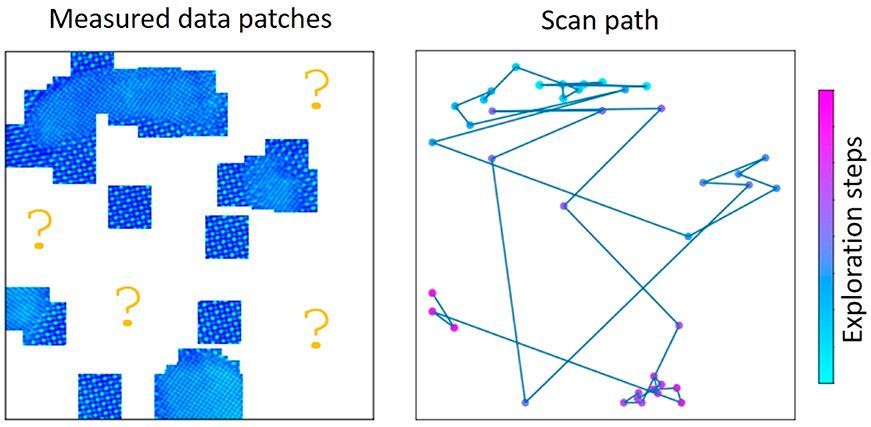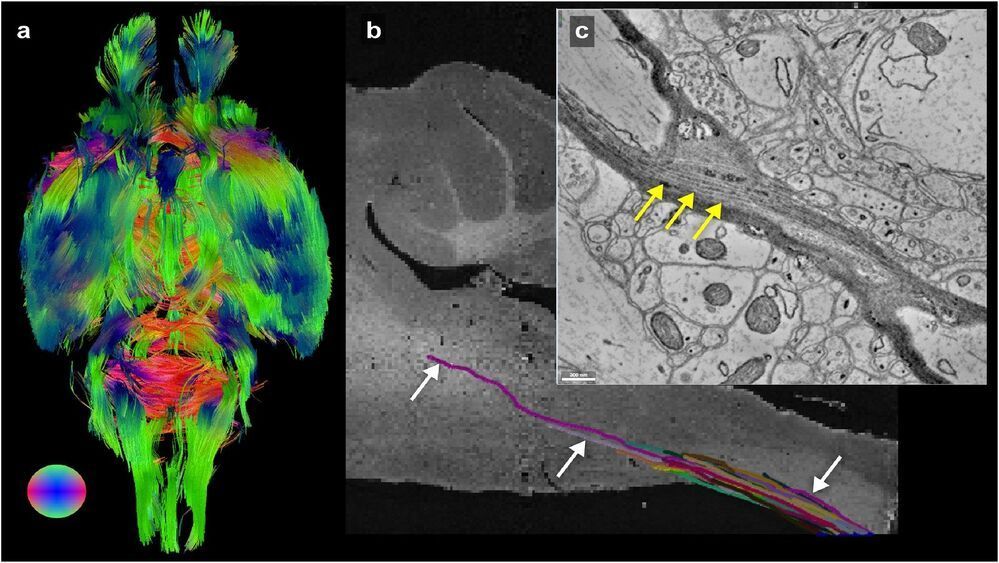Jul 18, 2021
Where You Live Can Greatly Affect Your Heart and Brain Health
Posted by Jason Blain in categories: health, neuroscience, policy
Something to consider.
“The whole idea of lifestyle choices as something everyone can tap into is misleading, when in fact that choice is constrained by what is available to people,” he said. “This is where policy solutions or investments into these neighborhoods to make up for historical disinvestment becomes so important.”
Summary: The neighborhood you live in could have an impact on your brain and cardiovascular health, a new study reports.
Continue reading “Where You Live Can Greatly Affect Your Heart and Brain Health” »


















